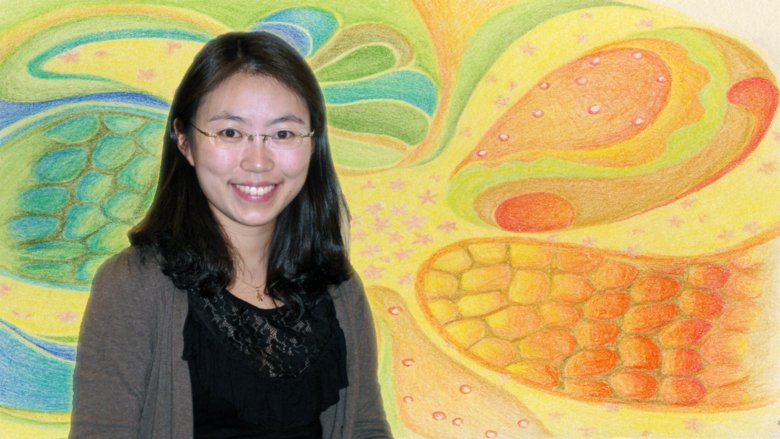"The goal is to heal chronic wounds"

Meet Ning Xu Landén, research group leader at the division of dermatology and venereology, Department of Medicine, Solna.
About the research group
Our group belongs to the Dermatology and Venereology Division and is physically located at the Centre of Molecular Medicine (CMM) L8:02. Our research is performed in an interdisciplinary setting with close collaboration with clinical departments and other national and international research groups. Currently, our group consists of two postdoc fellows, one bioinformatician, and four Ph.D. students. We have extensive experience in regulatory RNA and wound healing research.
The goal: To find treatments for wounds that do not heal
Our goal is to find treatments for wounds that do not heal. Chronic non-healing wounds are wounds that are trapped in a constant inflammatory state and therefore fail to progress through the normal stages of wound healing. This is a common and serious medical problem but we still lack effective treatments.
In our research, we investigate the role of ncRNA (non-protein-encoding RNA) in the skin's immune system. The functional importance of ncRNA has only recently been recognized. Compared to protein-coding genes, ncRNAs' expression and function are more tissue- and cell-type-specific, underscoring their great potential as precise therapeutic and diagnostic entities. This new knowledge has created new opportunities and is therefore a very exciting research area. Our specific focus is to identify ncRNAs that can resolve chronic wound inflammations and reactivate the healing program and thereafter develop efficient RNA-based treatments.
Mapping of the human skin wound repair process
Currently, we are charting a spatiotemporal molecular map of human skin wound repair. We leverage single-cell and spatial transcriptomics technologies to characterize human wound-edge biopsies at each healing stage from healthy donors as well as from donors with pressure ulcer, which is a common type of chronic wounds. This study will provide a valuable resource for future studies of wound biology as it adds a novel dimension to the literature which up to know has relied chiefly on non-human wound models.
